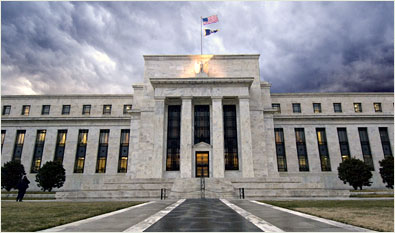
Update June 4 2023

The Tug of War in economic policy
Readers of Money Matters will know that to curb our inflation problem, the Federal Reserve has to withdraw liquidity from the financial system. In plain English, because trillions of dollars were flooded into every town, city and state to mitigate the economic damages from the CoVid shutdowns, we now see all those dollars chasing up the price of everything from airline travel to zoo admissions and all things in between.
It’s an accepted fact that when central bankers print a lot of money, inflation is sure to follow. Just think Mexican Peso.
So now the Fed is using its monetary tools to sop up dollars, dampen consumer demand and put the brakes on the economy which will hopefully slow the rapid ascent of prices.
The Fed tools include raising interest rates, removing money from the banking system, tightening down on its credit facilities, and convincing Washington to cut back its spending.
Raising interest rates from near zero to close to 5% in a years’ time and by using their other monetary tools, the Fed has started to see some improvement. Inflation rates have cooled, the stock market has pulled back some, and the economy is indeed slowing.
Even with its progress, the Fed is fighting other things that have occurred which is making their job more difficult.
Washington has no intention of shutting off the free money spigot, and has tossed another five trillion or so into the streets of America in the last 12 months. Washington’s lack of fiscal responsibility must have Fed Chief Jerome Powell pulling his hair out. While he’s trying to remove money from the system, Washington is putting it back in.
We are also realizing money from the generous Covid payments that went to every Tom, Dick, Mary and Harry were lavish, and consumers have been spending their massive savings built up during the Covid event. Being shut in, there were few places to spend all that free money, and now that the fiasco of the shutdowns are gone (thank goodness), people are out and about and in the mood to spend. And they are spending.
Compounding the Feds efforts is the recent rash of bank failures.
Realizing a single bank failure could cause panic in the banking `system` in general, the Fed had to fire up the printing presses once again to the tune of about 300 billion (that we know of) to bail out the banks.
Some of that money, as it always seems to, found its way into the stock market. The stock market is the playground of the financial system. Give a bank a few billion, and like a kid flush with cash going to the candy store, the banks can’t wait to plow at least some of it into Wall Street to relish the sweet taste of quick profits. Sickening I know.
First Washington fights the Feds efforts by giving away even more trillions and now Powell himself is forced to fire up the presses to save some careless banks.
It no wonder the stock market has been running the last few months.
Is it a coincidence that the latest rally in the stock market coincided with the Fed bailing out the banks?
I have always said there is no such thing as coincidence where Wall Street is concerned. There are only people that know things before you do, and then make money from it.
I will stand by my prediction that inflation is here to stay and won’t go away anytime soon. The reason is simple and history confirms it.
When the Feds raise interest rates, they have a history of breaking something. In fact, it is said the Feds raise rates UNTIL they finally do break something.
And when they break something, they have to back off the inflation battle and start lowering rates and printing money again to un-break what they broke.
Indeed, they have already broke a few banks, and opened the money spigots in response.
Next up, they will probably break something else before they are forced to lower rates again.
And when they do that, they will print up even more money and hammer down rates once again. And I predict they will do that before inflation has a chance to recede to a meaningful level.
Which means I hope you have stocked up on aspirin, because besides the headaches you’re going to get, a new bottle of aspirin by that time is going to cost you twenty bucks or more.
“Watching the markets so you don’t have to”
This article expresses the opinion of Marc Cuniberti and is not meant as investment advice, or a recommendation to buy or sell any securities, nor represents the opinion of any bank, investment firm or RIA, nor this media outlet, its staff, members or underwriters. Mr. Cuniberti holds a B.A. in Economics with honors 1979







